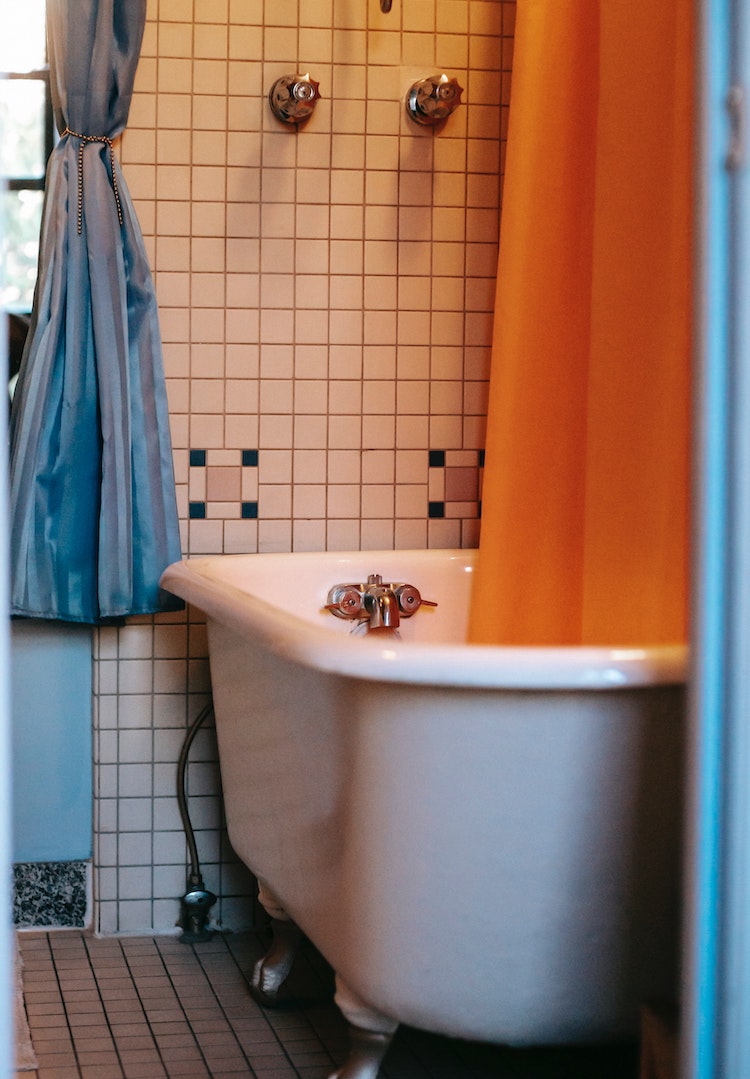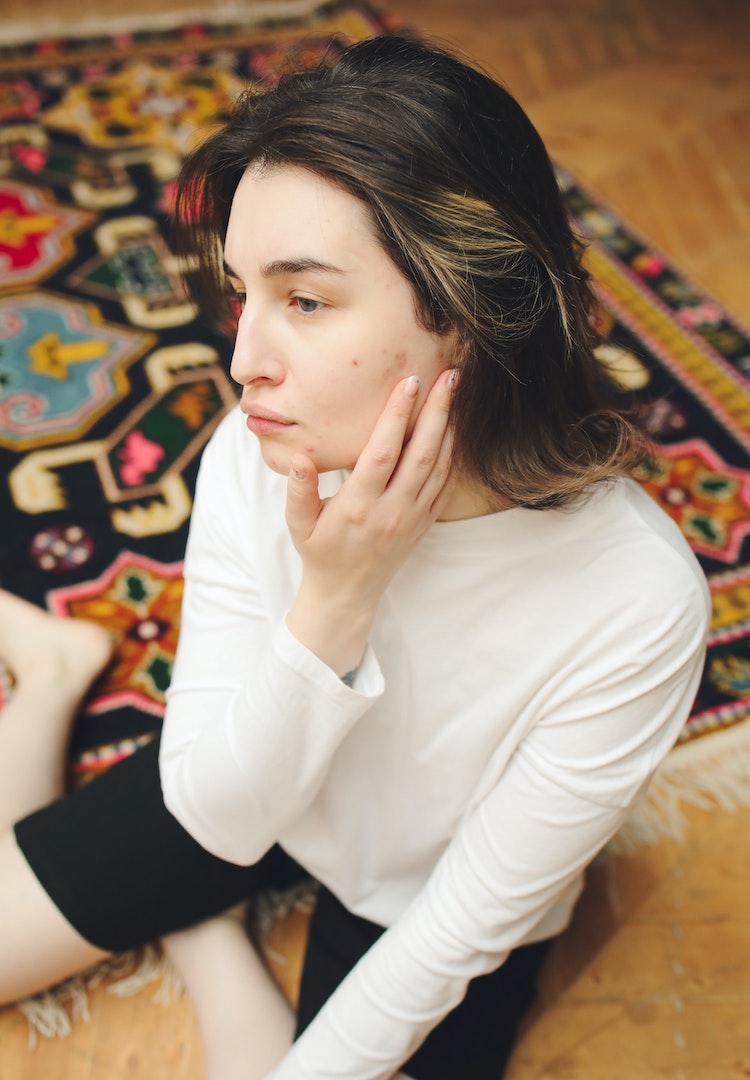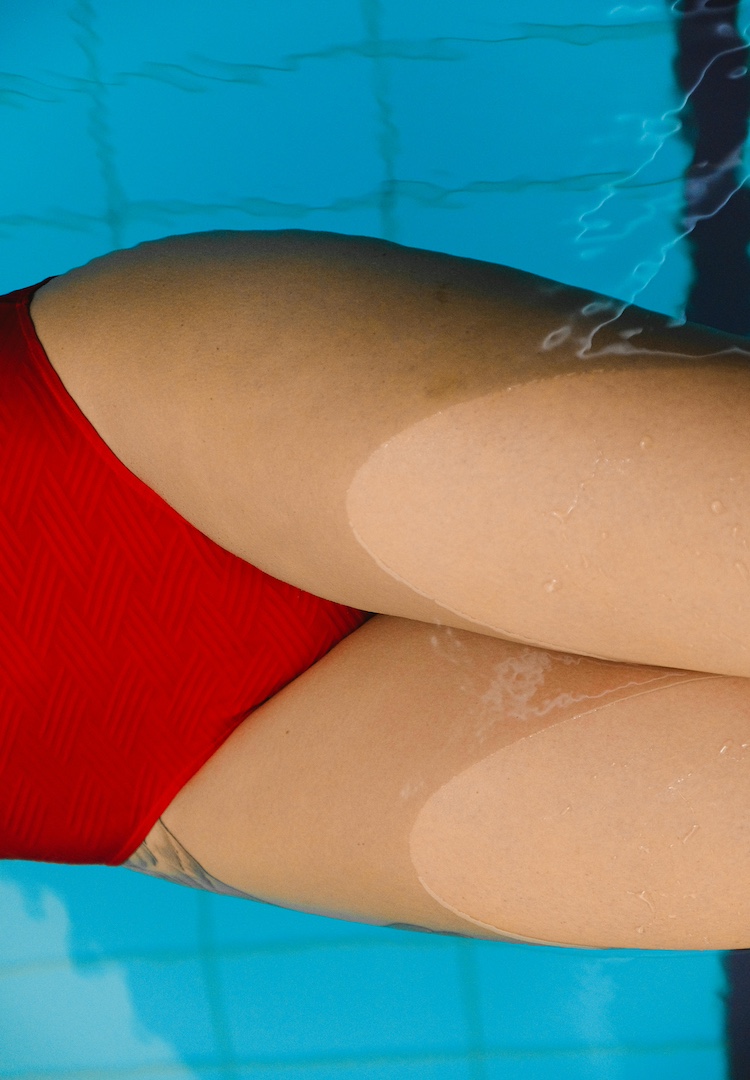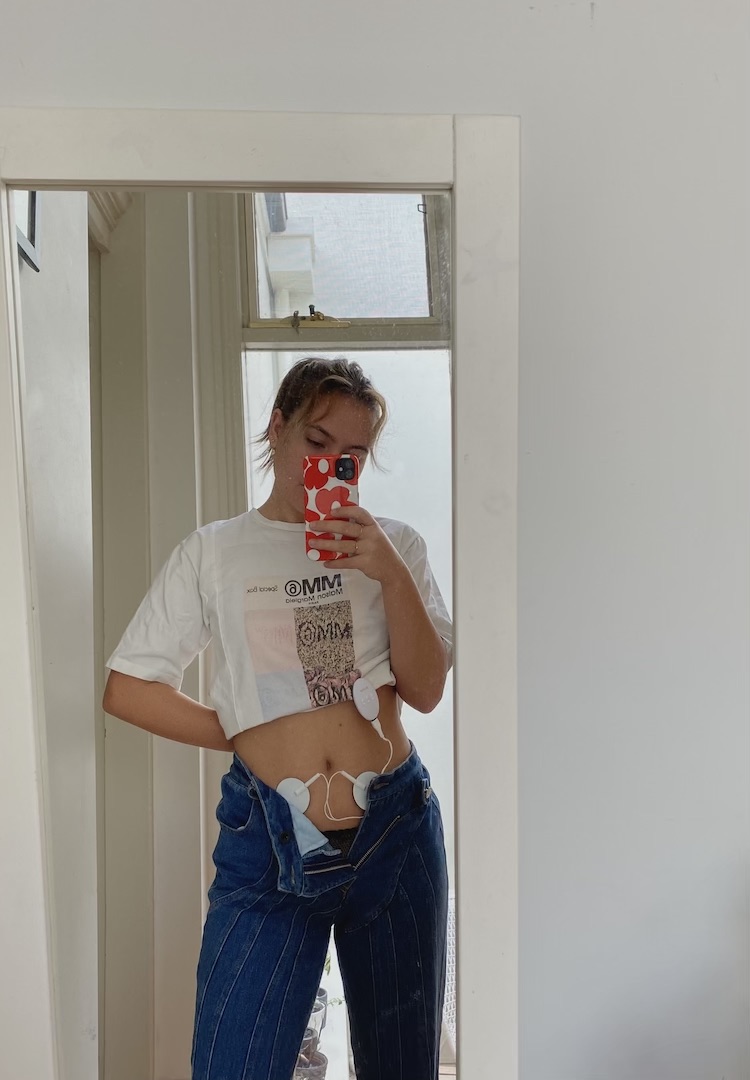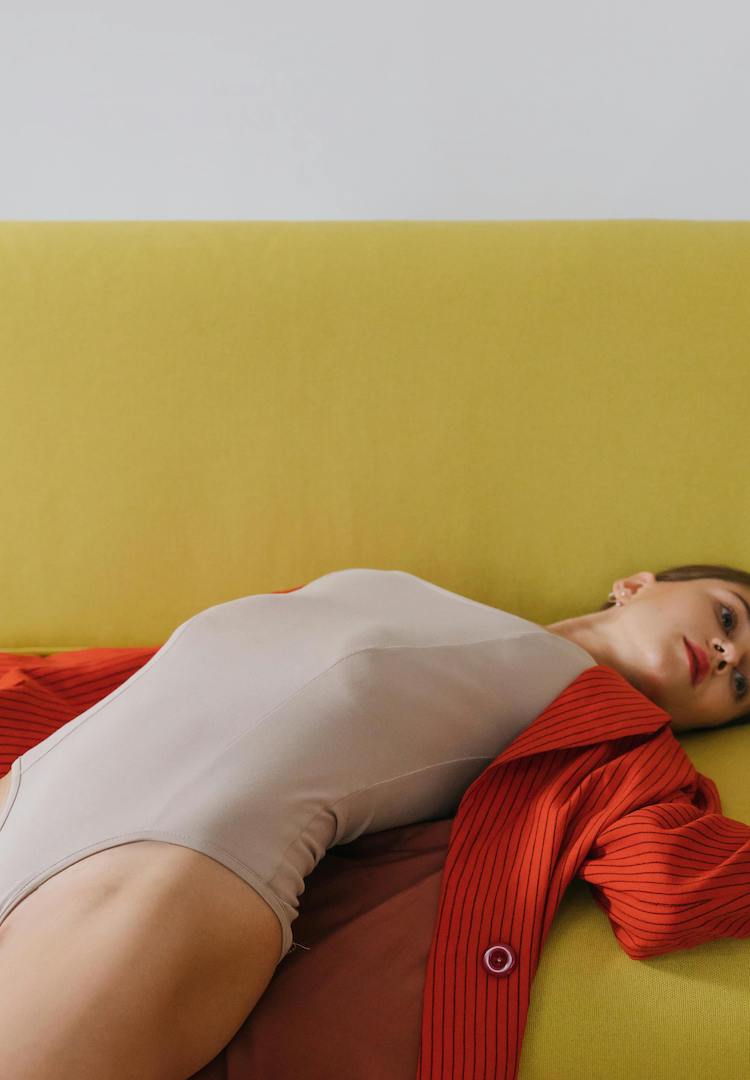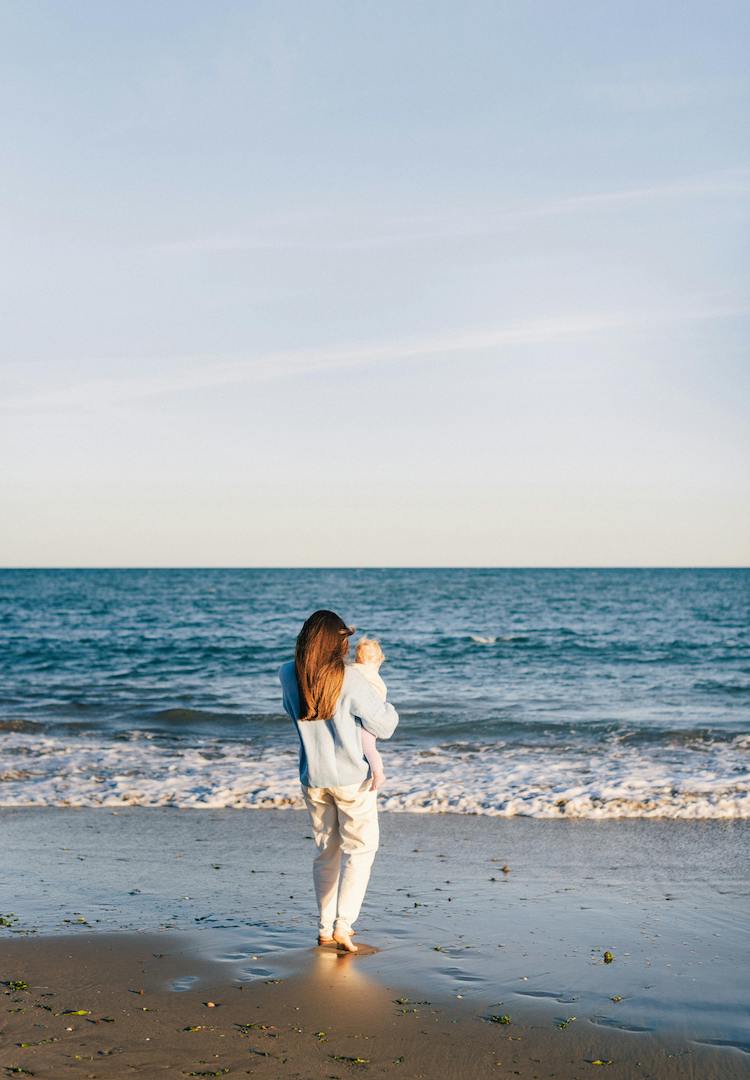As a former needle-phobe, this is why I now love donating plasma
WORDS BY CAT FORSYTH
“It feels like a small way I can return some of the kindness that’s been shown to me.”
I’ve always been afraid of needles. From the first vaccinations I remember as an infant (where ice cream was given as a reward), to the mandatory high school immunisations where I hyperventilated and cried, getting a needle always felt like such a big deal. It wasn’t until I was about 14 or 15 that I finally had to confront my phobia.
I remember going to the GP clinic for a blood test and feeling like my life was about to end. As it turned out, the whole process was very simple and not scary (who could’ve guessed?). I walked out wondering why I’d been so terrified this whole time. It was then that I vowed I’d donate blood as soon as I was eligible.
After my 18th birthday, which is the minimum age required to donate blood in Australia, I signed up for Lifeblood and booked my first appointment. I can’t remember it all that clearly because it was a few years ago, and the global pandemic happened between now and then (everything that happened pre-COVID feels like an extra five years ago).
I donated blood a few times, which was something I looked forward to and enjoyed doing. It gave me a really good feeling knowing I was doing something that could potentially be so beneficial to someone else. It gave me the warm and fuzzy feeling people talk about.
After a few regular donations, however, I became iron deficient. I was vegetarian at the time and didn’t take iron supplements, which was a very unwise decision on my behalf (but hey, 18-year-olds don’t always make the best choices). I had to stop donating because blood is no good to anyone if you’re deficient in iron.
About a year after I stopped giving blood (and got back to good health after a much-needed iron infusion), I still missed donating. So, I decided to see if there was anything else I could give. I called up Lifeblood and they told me about plasma donation.
According to Emily Granland, spokesperson of Australian Red Cross Lifeblood, “If you are between the ages of 18 and 75, weigh more than 50kgs and are feeling fit and well, you may also be able to donate plasma.”
Different from blood, it’s possible to donate plasma even if you’re low in iron. I fit the rest of the criteria and began donating straight away. The process of donating plasma is quite different to that of whole blood and takes a bit longer.
I block out every second Monday morning from 9.30am to about midday and make this my ‘plasma donation time’, with a bit of extra space for relaxing afterwards (iced coffee is always involved). The whole process takes about an hour and a half, which includes a consultation, the donation itself and some time spent in the tearoom having a snack at the end.
During the actual donation, to my (rather basic) understanding, whole blood is drawn from a vein, from which the plasma is then separated. The blood, minus plasma, is returned to the donor along with a saline solution.
Plasma, which is part of our blood, “is yellow in colour and is full of proteins that can be used in 18 different ways”. This includes “fighting infections, treating burns and blood disorders, supporting patients in heart surgery and protecting children against chickenpox”.
I’ve been donating for over two years now (although not always regularly because life happens) but I still get that beautiful warm, glowy feeling afterwards. It’s such an effortless but worthwhile thing to be able to do, and it feels like a small way I can return some of the kindness that’s been shown to me during hard times.
Emily also told me the “patient demand for plasma is now the highest it has ever been,” so now is a great time to get started if you were already thinking about it.
For more information on donating plasma, head here.

